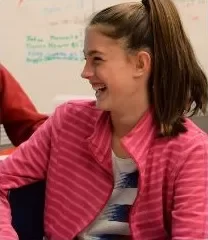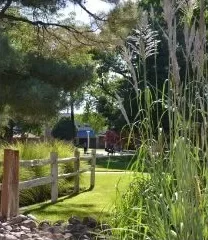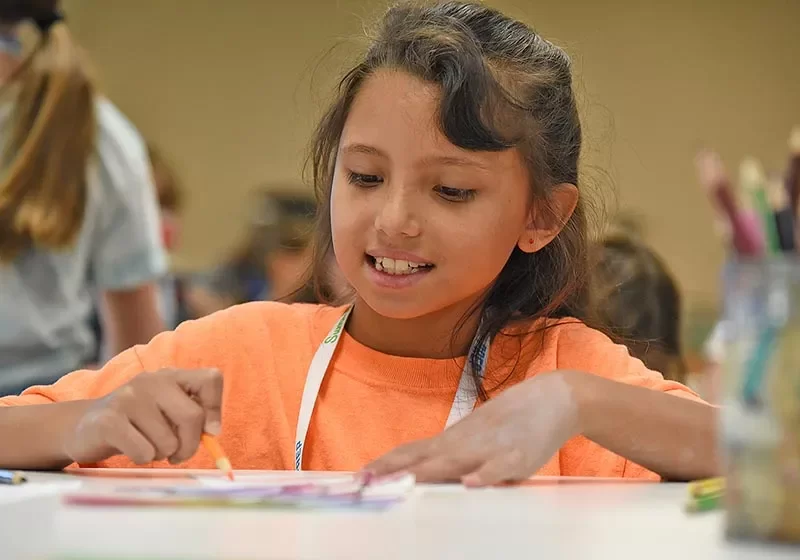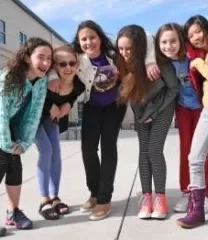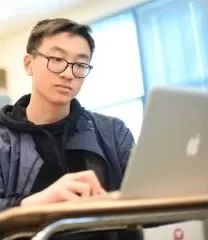Time to Play
February 14th, 2023



Hello, Sandia Prep Community!
Having the chance to rest and rejuvenate is crucial for all of us in this fast-paced world. It can be difficult to truly unplug from our work lives, but I encourage you to make the time to do this to enable deeper engagement when you return.
We all understand the need for downtime, or time to play, in order to be our best selves. Some of us love to jump into a pick-up basketball game. Others like to grapple with the Times crossword puzzle and compare notes with friends (guilty as charged!). And others want to dig into an intricate board game with family and friends.
Play is important for a few reasons. For kids, it’s crucial. This is where they learn essential lifelong skills like resilience, empathy, and collaboration. They also have the chance to work on communication skills and emotional intelligence. For adults, many of these skills are developed when we are younger. Still, when we play as adults, we release endorphins, increase our brain functionality, and activate the creative side of our brains. Additionally, it’s a way to connect with others. Whether joining a pickleball league, bringing a group together to play pub trivia, or finding a running partner, when we play with others, we form strong bonds that are important in developing lives filled with connection and meaning.
As you know, Prep’s mission and vision center around our Five A’s - Academics, Arts, Athletics, Activities, and Atmosphere. In an earlier blog, I talked about a sixth A that pervades through all of these - Authenticity. Similarly, I have witnessed play in all five A’s. Of course, you usually think of play as showing up primarily in Athletics - our athletes play games against other schools. Or maybe you think of it related to performances - we put on a play in the theater, and we play an instrument. But truly, play shows up in all areas, and our students are better off for it.
For instance, let’s look at Atmosphere. When you walk around campus, you see play everywhere. Our gaga pit is often filled with students laughing and shrieking as they try to get each other out. Or you may see a group of students playing tag on the Qquad. When I recently went cross-country skiing with a group of eighth graders, we played a mix of large group games (Celebrity was a favorite) and small group games (cards, dice games, etc.). Adolescents need this playtime just as much as younger students. It gives them a chance to build connections with each other and develop resilience when faced with challenges.
Activities, too, are an important time for play. Sometimes students are learning how to play games unfamiliar to them - chess has become a big one, for instance. Or perhaps they are working in the garden with the DirtDevils and not playing a structured game but having unstructured time to talk and to collaborate - both elements of play.
We already touched on Arts and Athletics, but these are prime areas of play. In Athletics, students have the opportunity to take risks, fall, get back up, fall again, get back up again, and so on. They also learn how to communicate with each other as a team with a collective goal. So many important skills come into play when students get together to compete.
This is equally true in the performing Arts - students often work together to achieve an outcome, whether rehearsing for a concert, putting on a theatrical performance, or preparing for a dance competition. There is something amazing about the connections people build with each other when working intensely together to create something spectacular. And the visual Arts, while not always as group-oriented, allow students to experiment, to push their creative thinking, and to connect more informally as they work on individual projects.
The final A is Academics, and we often think of this as the opposite of play. We all know the old saying, “All work and no play makes Jack a dull boy,” juxtaposing work and play against each other as opposites. But, in fact, play can often live in work and make for more meaningful learning. Project Zero, a research center at the Harvard Graduate School of Education, researched the pedagogy of play over several years. They note the universality of play - people all over the world in vastly different cultures all value play of some sort. And they note that children are typically more engaged and relaxed during play, thus creating an environment that nurtures learning.
Physics teacher Dr. David Chalfoun surveys his students frequently to check in on their learning and determine how he can best facilitate growth. He discovered that his students love labs more than any other activity. When he told me this, I assumed this was because of the hands-on nature of labs. And this was part of it. But what the students really loved was the chance to work in groups. This time allows them to chat informally, thus connecting more deeply with each other. And, like the groups working to put on a play or a concert, they are working together for a collective goal.
I encourage you to find opportunities to play together with your children. Whether you are training for a race, engaging in a rousing game of Telestrations (ask me if you want to know more - it’s so fun!), or learning an instrument together, you’ll find that these experiences bring you closer together and also activate learning that may not happen on your own. Doing an escape room by yourself, after all, just wouldn’t be the same.
All the best,
Heather







